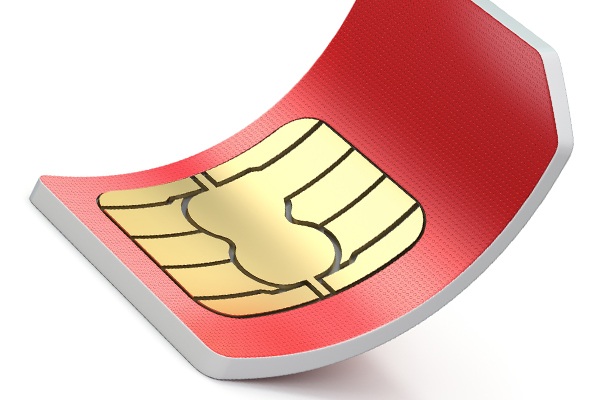Torsion and elasticity could be to blame.
When we think of a gearhead, we tend to assume that it is incompressible and rigid, the truth is it still bends, compresses and has elastic properties. This has an effect on the difference between the perceived motion (encoder counts) and the actual motion of a drive system –we are not where we are supposed to be!
- When measuring anything we need to keep in mind how the instrumentation works and what are its limitations, to interpret the data we receive from it correctly and in the right context. An encoder will change its output status as the shaft rotates at that measured point. Should the drive chain twist under load, the end with the encoder (normally on the back of the motor) may be static in comparison to the actual motion occurring at the end of the gearbox. This is usually accounted for by play or “backlash” in the system, but there is a more hidden element; the drive chain torsion. This is the actual elements of the mechanical system twisting under load. The more the gearhead is loaded the more it twists, the more it twists the more energy stored and the larger the displacement error.
The drive chain torsion begins with the motor shaft twisting, then the gearhead twisting and so forth through the drive chain. Normally the twist of the motor shaft is considered negligible as loads are comparatively low, it is usually when large gearing is involved (hence larger loads) that this twisting affect and backlash is more pronounced. Energy is stored in twisted drive chain like a twisted rubber band, so when the system is disabled this elastic energy is released, turning the motor backwards. The diagram shows real measurements of a maxon motor fitted with a gearhead showing the release of this energy as it back drives the motor.
In this case the motor rotated over 4 times when the drive was disabled. If this motion is not accounted for it may result in poor position accuracy. To hold a position under load we would always recommend a holding brake, especially if the load exceeds motor continuous torque specifications.
The maxon EPOS controllers have an automatic brake control which controls a brake as the motor is enabled and disabled (timing of brake is adjustable by the user).











